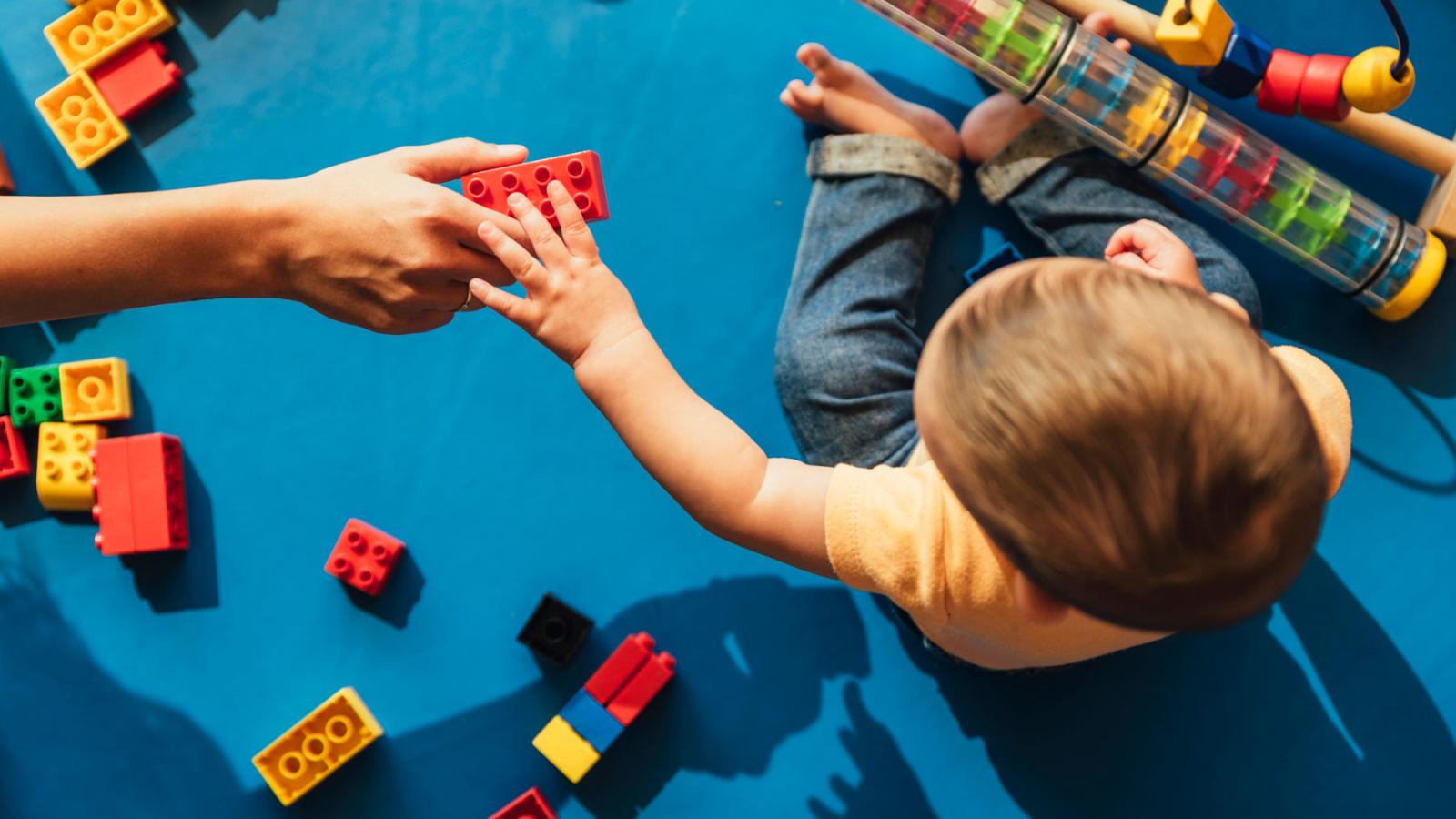Banner

Title
resources
Resource Library
Our Resource Library contains materials and assistance for early childhood educators and those they serve. Explore our selection of podcasts, tip sheets, websites, documents, and self-study courses.
Results: Page 38 of 47
| Resource Name | Description | Resource Type |
|---|---|---|
| Safe Sleep for Babies | Check out this 1-minute video developed by the Centers for Disease Control and Prevention (CDC) on safe sleep practices for infants. A great resource to share with parents of infants in your program! | Website |
| Secondary Traumatic Stress | Coping with the effects of others' trauma can be draining and can have lasting negative effects. It is not uncommon for educators who deal with traumatized children to develop their own symptoms of traumatic stress. This is known as secondary traumatic stress. | Website |
| SECONDARY TRAUMATIC STRESS: A FACT SHEET FOR CHILD-SERVING PROFESSIONALS | Offers child-serving professionals information about secondary traumatic stress (STS). This fact sheet describes how individuals experience STS, understanding who is at risk, how to identify STS, strategies for prevention and intervention, and essential elements to address STS. | Document |
| Seguridad contra incendios en el cuidado infantil: Consideraciones para niños con discapacidades (Fire Safety in Child Care: Special Considerations for Children with Disabilities) | La seguridad contra incendios en los programas de cuidado infantil implica concientización, educación, práctica y adaptaciones. El conocimiento de las necesidades individuales de cada niño es esencial para garantizar su seguridad en caso de una evacuación por incendio. Con algunas adaptaciones implementadas, la seguridad contra incendios intencional es la forma más efectiva de reducir los riesgos de incendio para las personas con discapacidades.Fire safety in child care programs involves awareness, education, practice, and making accommodations. Knowledge of each child’s individual needs is essential to ensuring their safety in the event of a fire evacuation. With a few adaptions in place, intentional fire safety is the most effective way to reduce risks of fire for individuals with disabilities. | Tipsheet |
| Seizures | The types of seizures and how to respond to them. | Tipsheet |
| Self-Care for Early Care and Education Professionals | Tip sheet with practical self-care strategies for early care and education professionals. | Tipsheet |
| Self-Care Strategies for Child Care Providers Working in Stressful Environments | Define and describe how the human stress response system works using Polyvagal Theory. Polyvagal Theory outlines how the human nervous system responds to short and long-term stress such as that faced daily by child care providers. Learn examples of ways to practice research-based self-care strategies for child care providers to incorporate into their work. Knowledge and Competency Framework Area(s) - VI: Professionalism (10 Hours) CDA Content Area - Content Area VI: Maintaining a commitment to professionalism (10 Hours) Level 2 - Implements New Navigation Tools: This self-study does not have audio available at this time. For optimal performance, please access this course from a computer or tablet. Click on the black box with 2 white arrows to view the self-study in Full-Screen Mode. Click on the black box with white eyeglasses to view the self-study in Accessibility Mode. For ten clock hours on your Learning Record, please register and pay online at Develop. Then, complete a 500 word reflection paper and submit this document with your reflection. Please note: You have access to this document as view only. To enable editing, download the document. Click "file" then "download as" in the upper left-hand corner of this screen. This will give you the option to open the document as a Word doc on your own computer. Then, you can complete the information and email it to: credit@inclusivechildcare.org. *Disregard any directions regarding a final quiz. The only learning assessment needed is the reflection paper. | Course |
| Self-Care: Taking Care of Yourself | "During this time, you and your colleagues may be experiencing different reactions. There are several ways you can find balance, be aware of your needs, and make connections. Use this list from the National Child Traumatic Stress Network (NCTSN) to help you decide which self-care strategies will work for you." | Document |
| Sensory Intervention Strategies and Environmental Adaptations | Children with Sensory Processing Disorder (SPD) can be over-sensitive or under responsive (or a combination of both) to stimuli. Learn how to create a predictable and structured environment in your child care setting, which can enhance the performance for a child who has SPD. | Tipsheet |
| Sensory Processing Disorder | The misinformation caused in the brain by a sensory processing disorder (SPD) can interfere with a child's sense of security and safety. Learn about the eight senses, sensory system responses, and common behaviors of children with SPD in this tip sheet. | Tipsheet |
Results: Page 38 of 47